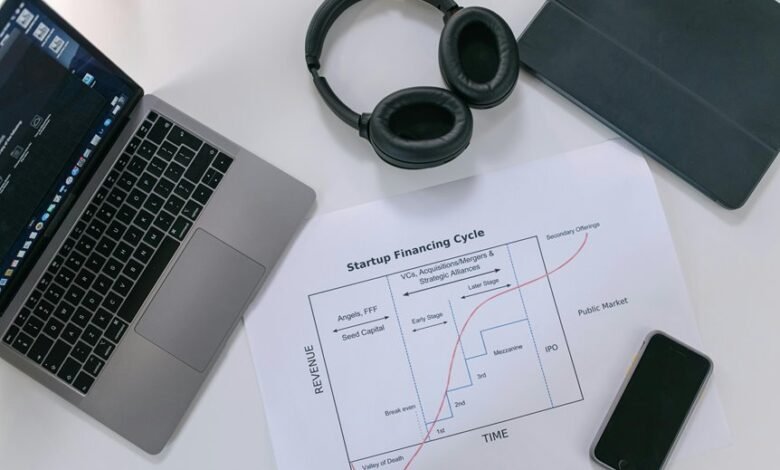Mutf_In: Tata_Busi_Cycl_Bps5me

The Mutf_In initiative, specifically Tata_Busi_Cycl_Bps5me, represents a strategic effort to enhance business sustainability through innovative practices. By promoting stakeholder engagement, it integrates multiple viewpoints into sustainability frameworks. Tata’s circular economy model emphasizes resource efficiency and waste reduction, significantly impacting corporate accountability. This raises questions about the broader implications for industries striving for eco-consciousness. What changes might this drive in corporate strategies and market positioning?
Overview of the Mutf_In Initiative
The Mutf_In initiative represents a strategic approach to enhancing business sustainability through innovative practices and community engagement.
Central to its mutf_in goals is the commitment to fostering stakeholder engagement, ensuring that diverse voices contribute to sustainable development.
Key Features of Tata’s Circular Economy Approach
While many corporations strive for sustainability, Tata’s circular economy approach stands out due to its comprehensive integration of resource optimization and waste reduction.
Key features include circular design principles that enhance product lifecycle management and promote resource efficiency.
Impact on Corporate Sustainability Practices
As companies increasingly adopt Tata’s circular economy approach, a significant shift in corporate sustainability practices becomes evident.
This transition fosters sustainable innovation, encouraging businesses to rethink resource utilization and waste management.
Furthermore, it enhances corporate accountability, as organizations are held responsible for their environmental impact.
Ultimately, this paradigm shift promotes a more responsible business model, aligning corporate goals with ecological sustainability and consumer expectations.
Future Prospects and Industry Implications
Given the growing emphasis on sustainable practices, the future prospects for industries adopting Tata’s circular economy model appear promising.
This approach fosters sustainable innovation while driving economic growth through resource efficiency and waste reduction.
As companies increasingly prioritize environmentally conscious strategies, those integrating Tata’s model may gain competitive advantages, positioning themselves favorably in the marketplace and contributing to a more sustainable future.
Conclusion
In conclusion, the Mutf_In initiative stands as a monumental leap toward a sustainable future, revolutionizing corporate practices with its groundbreaking circular economy approach. By transforming waste into wealth and uniting diverse stakeholders, Tata not only champions environmental stewardship but also reshapes market dynamics. As industries scramble to adapt, the ripple effects of this initiative promise to redefine success, making sustainability not just an option but an imperative for survival in an eco-conscious world, forever altering the landscape of business.





